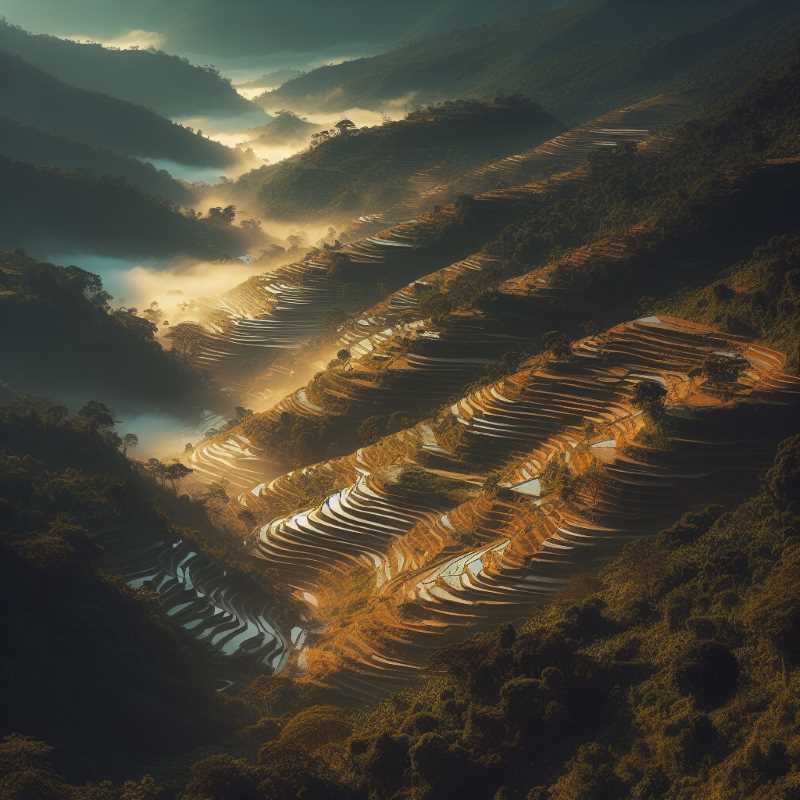Mixteca Alta Geopark's Role in Sustaining Ancient Practices
Mixteca Alta Geopark in Oaxaca, a UNESCO World Geopark since 2017, blends ancient traditions and sustainable practices. Lamabordos, ancient agricultural terraces, capture water, sustain crops, and preserve biodiversity.

In the heart of Oaxaca lies the Mixteca Alta Geopark, a region embedded with historical significance, cultural diversity, and a commitment to sustainable practices. Since 2017, it has proudly held its place as a member of the World Network of Geoparks under the United Nations Educational, Scientific, and Cultural Organization (UNESCO). Comprising nine municipalities and 16 communities, this geopark stands as a testament to the preservation of local customs and the harmonious coexistence of geodiversity, biodiversity, and cultural heritage.
The roots of the Mixteca Alta Geopark trace back to one of the earliest Mesoamerican settlements. Nestled near water sources and fertile lands, the inhabitants initially developed agriculture, paving the way for subsequent advancements, including a thriving ceramic industry and modernization.




